Silicone ink is designed to be used for both pad printing and screen printing. At this point, you’re probably wondering: what’s the difference is between standard pad printing ink and silicone pad printing ink?
Silicone is a unique substrate, and without getting into all the complicated chemistry behind it, UV curable ink and regular solvent-based inks will not adhere to silicone, so a specialty ink must be used when printing on silicone. The only ink that can stick to silicone is a silicone-based ink.
Unlike some solvent-based inks, silicone pad printing ink requires heat to cure. Inkcups offers the SI Series or the SI-HD Series, both as great options for decorating silicone products. The SI-HD ink was reformulated for superior opacity compared to other inks on the market. Both are designed for durability and have a high resistance to scratching, bending and stretching. These properties give both series flexibility like no other.
For a deep dive into the differences between the two printing methods, our article, The Idiosyncrasies of Printing Silicone Products, explains how the process differs from printing with solvent-based ink in terms of pad size, pad cleaning, and depth of plate etch.
Using Silicone Pad Printing Ink
Like any other pad printing job, the operator will mix pad printing silicone ink with a specific percentage of hardener and solvent. They will then fill the ink cup with the ink mixture. After securing it onto the pad printer, the operator is ready to start printing. Since silicone needs to be cured after printing, only one color can be pad printed at a time. If your artwork requires two colors, you will have to cure your product after each color is printed. Additionally, ensuring the registration is exact is also important with a two-color print. Since silicone requires heat to dry, the ink will remain wet until it is properly cured.
To print high-quality images, the pad must be cleaned every few prints or else the silicone ink will begin to stick to the silicone pad. Any discoloration or “fuzzy” looking areas are definitive signs it’s time to replace the pad. The amount of time and temperature required for curing depends on the ink you are using. Our article, When to Change A Pad Printing Pad includes all of the tell-tale signs that it’s time to purchase new silicone pad printing pads, as well as tips and recommendations by the experts at Inkcups..
Silicone pad printing supplies include the printing machine as well as pads, plates, inks, and ink cups, which are small and easy to store. Silicone pad printing is among the types of print processes that require very little ink. For example, a 2” x 2” square costs about $0.03 in ink.
As for printing plates, the recommendation is to use laser plates over polymer plates as it will yield fewer streaks in the artwork. The artwork should also have a shallower etch so that the ink does not splash when laid onto the silicone item. This is important to note. If the etch is too deep, the silicone ink will spread, compromising the print quality. The main goal of silicone pad printing is to have just the right amount of ink so that it is all released on the substrate and there is no build up on the pad.
As you may have guessed, harder pads work better for releasing ink onto silicone. We recommend a medium to hard pad with a durometer of 60-70. If you are unsure what type of plates, printer, inks, or pads to use for printing on your products, don’t worry – contact us, that’s why we’re here.
Using Silicone Screen Printing Ink
Screen printing requires the operator to use a mesh screen that is coated with an emulsion. A stencil blocks pieces of the screen to develop the graphics. The screen mesh is stretched over a wooden or metal frame. Once the screen is complete, the operator pours the ink onto the screen and uses a squeegee to press the ink through the screen. The ink will only be applied where the stencil is open. More ink can be used for a bold print, but there is still a risk of overprinting depending on the size of the mesh.
The boldness of the design depends on how coarse the screen mesh is. For example, a 150 mesh should be used for bolder, larger graphics with less detail. A 305 or 310 mesh is tighter and standard for printing fine lines and small fonts, especially cursive writing. Templates can be created which allows for uniform designs and greater productivity. Extra caution must be taken when running high volume production at very high speeds because the friction over the screen may heat up the ink, causing it to get thicker and stuck in the screen. If this happens, the squeegee speed should be reduced to reduce friction. Too much pressure could also cause the screen to break. Make sure to always have extra screen wash solution and screens available just in case you run into these problems!
Inkcups’ Silicone Pad Printing Ink
SI-HD Series Pad Printing Silicone Ink
The silicone pad printing ink offered by Inkcups is the SI-HD Series Pad Printing Silicone Ink. Silicone ink is unique as it needs to bend and flex as easily as the substrate it is printed on. Due to this, it is mostly made up of silicone as the only thing that adheres to silicone is silicone! This is a two-component ink that excels in the two most important printing criteria- opacity and gloss. Another perk of choosing Inkcups’ SI-HD ink line is that it is completely dry after being in an oven at 200°F for at least 4-7 minutes.
SI Series Silicone Ink
The SI Series Silicone Ink can be both pad printed and screen printed. No matter which method you choose, heat curing is needed to completely dry the ink. For the SI series ink to cure it takes 6-8 minutes in 200-250°F oven to have high resistance to abrasion and the ability to withstand the heat the silicone products are often subjected to. Like the SI-HD, the SI Series ink is a two-component ink that has the highest standards when it comes to opacity and gloss. This line contains 15 standard colors and two metallic shades. The SI Series Ink Brochure includes a handy color chart you can reference.
Silicone Substrates
There are numerous silicone substrates that are becoming increasingly popular to print on. SI-HD ink can print on any truly silicone product such as phone cases, swim caps, drinkware, tool handles, kitchenware, and even pet supplies. One of the latest applications we continue to see is printing on silicone phone wallets. Silicone drinkware is also a popular application;it can be found in souvenir shops all around the world as a fun novelty item. Check out our SI-HD brochure for the complete run down.
Another perk of printing on silicone with a pad printer is the flexibility to print on otherwise difficult printing surfaces.
Silicone Pad Printing vs. Silicone Screen Printing: Which Method Should I Choose?
When comparing the two types of printing for silicone items, there are a few important factors to keep in mind:
- Silicone pad printing costs less, requires less production space, and wastes less ink. The main reason to choose screen printing for silicone is if you need to print 360° around a cylindrical object. When it comes to pad printing, designs should be less than 90° around the object.
- When using multiple colors for both methods of printing, the ink must be cured before adding another color. Pad printing is ideal for printing small logos or designs in one color. The more colors used, the longer the process will take.
- Printing multiple colors with screen printing requires either cleaning the screen between colors or using separate screens for each. Because screens are larger than plates, you’ll need more production space, including a large sink or wash area for cleaning. In many cases, this process may need to be outsourced due to space and time constraints.
- Because the ink must be mixed with a hardener before use, extra ink cannot be reused and must be discarded. When pad printing, extra ink can be stored for 24 hours in the sealed ink cup with no damage to ink quality. In the long run, this makes the screen-printing process more expensive than pad printing, not to mention the negative environmental impacts of extra waste.
When it comes to deciding whether to pad print or screen print on silicone, the shape of the object and the number of colors used must be considered. Although one process is not always better than the other, in terms of storing materials, setting up, and cleaning up the production space, the pad printing process for silicone is much simpler. Are you ready to start printing on silicone? Here are the top 5 applications for printing on silicone, with silicone ink.
If you are not sure if your product is actually made out of 100% silicone, watch the video: Silicone Printing: How to Test if Your Product is Actually Silicone
If you came here looking for information on how to print on silicone, we hope that you found this blog post as an informative resource.
If pad printing and screen printing no longer can keep up with your print needs, read Moving from Traditional Print Methods to UV Inkjet Printing. Contact us today for more information.
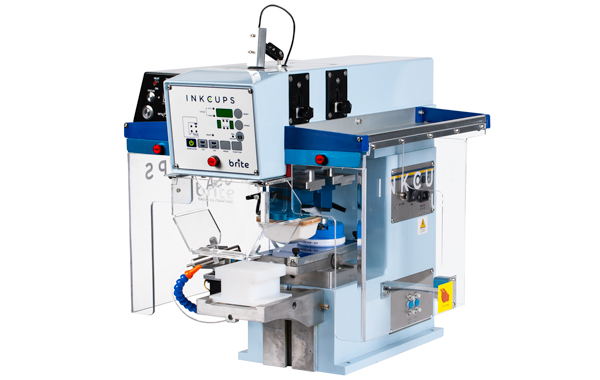 Tagless Printers
Tagless Printers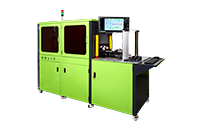 Cylindrical Inkjet Printers
Cylindrical Inkjet Printers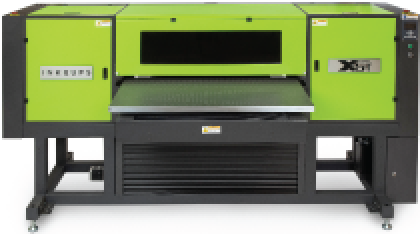 UV Flatbed Printers
UV Flatbed Printers Pad Printing Machines
Pad Printing Machines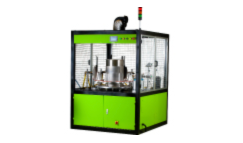 Pretreatment Systems
Pretreatment Systems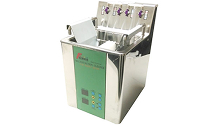 Inkjet Printing Auxiliary
Inkjet Printing Auxiliary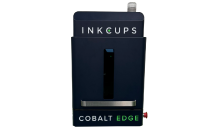 Laser Plate-Makers
Laser Plate-Makers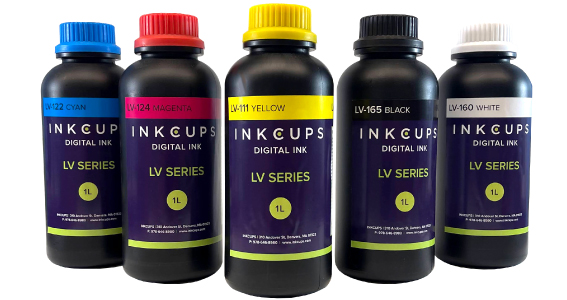 Inkjet Printing Supplies
Inkjet Printing Supplies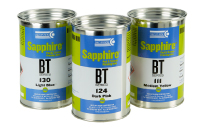 Pad Printing Supplies
Pad Printing Supplies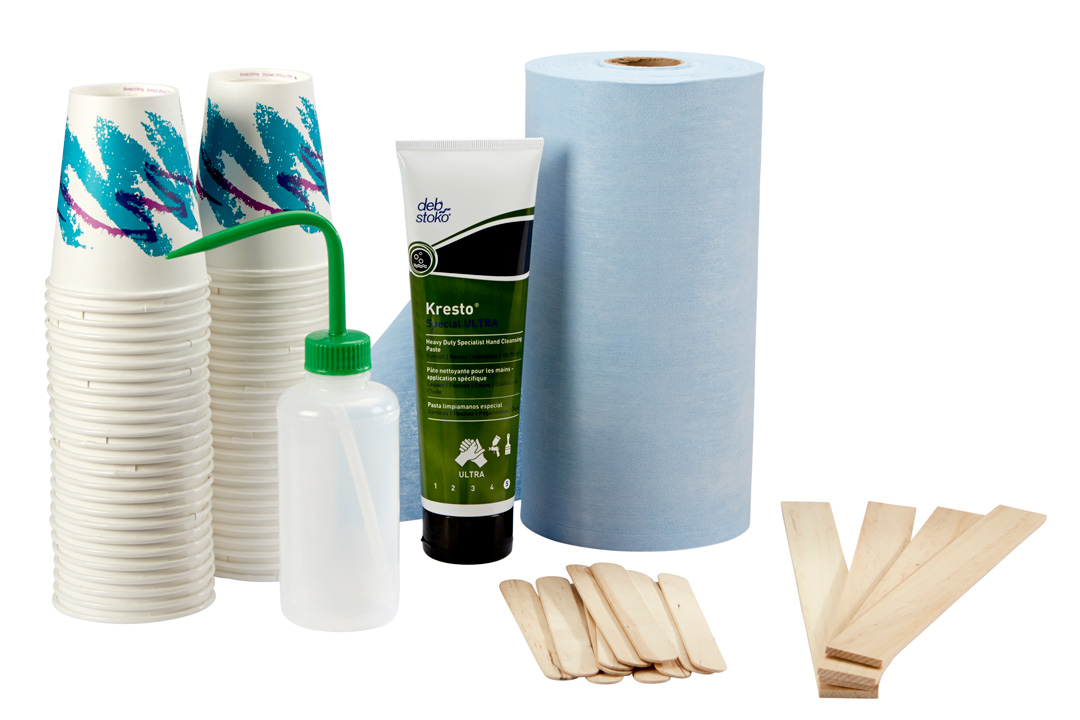 Tagless Supplies (tagless.inkcups.com)
Tagless Supplies (tagless.inkcups.com)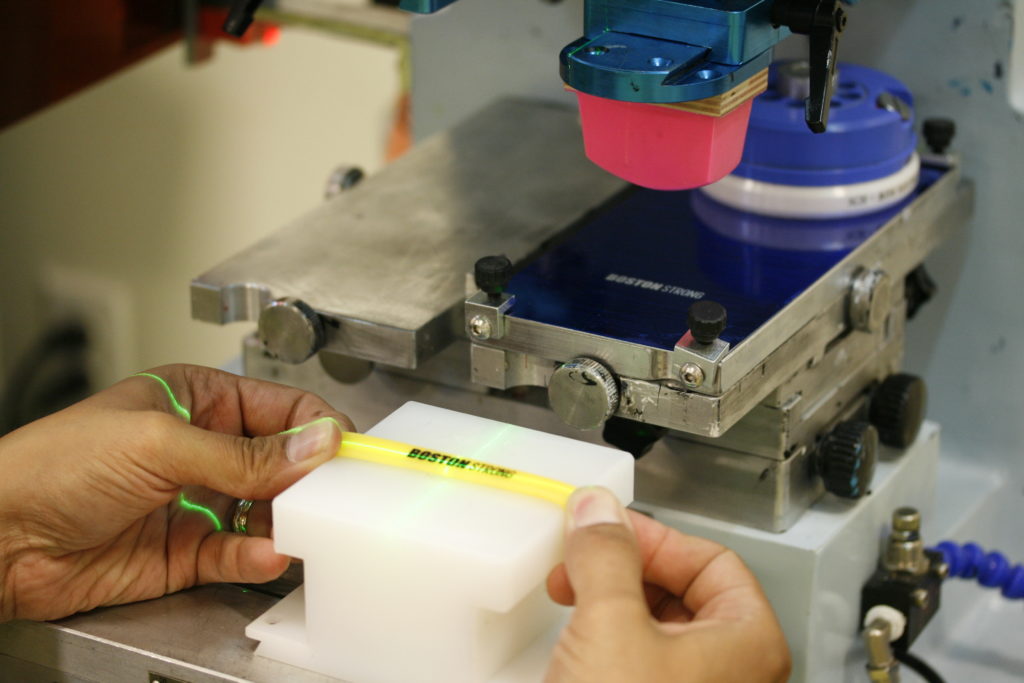
Jessica
Hi Pam, The B100 combined with our SI or SI-HD pad printing inks will be the best choices for you (linked below). We do offer adhesion testing, if you would like to send us your product to print on so you can see how it would look. Please contact [email protected] for more information. Thank you! https://www.inkcups.com/pad-printing-machine/1-color-tabletop-pad-printer/ https://www.inkcups.com/pad-printing-ink/si-hd-series-pad-printing-ink/ https://www.inkcups.com/pad-printing-ink/si-series-silicone-ink/
January 11, 2021
Pamela
Hi I am looking for a printer to print on silicon bands. It will be logos I can hopefully can download them. Can you send me price and information if you have such printers? Kind regards Pamela 07847899497
January 11, 2021
Jessica
Hi Jack, I sent your information to the local Salesperson who will connect with you shortly. Please let us know if you have any other questions!
October 5, 2020
Jack
Hi, please can you send me a price for you ink to print only silicone wristbands I’m based in the UK
September 25, 2020
Jessica
Hello Kallel, We will email you with more information. Thank you!
November 25, 2019
Slim Kallel
Dear We are based in Tunisia (Africa) we want to test your product : SILICONE PRINTING: PAD PRINTING VS. SCREEN PRINTING Can you arrange for us even 100 gr to test If you can send me your representative office contact in Europ it will be grate Thanls Kallel
November 22, 2019
William
Thank you for the information..
August 6, 2019
Signvec Pte Ltd
Impressive..! Thanks for the post..
July 16, 2019